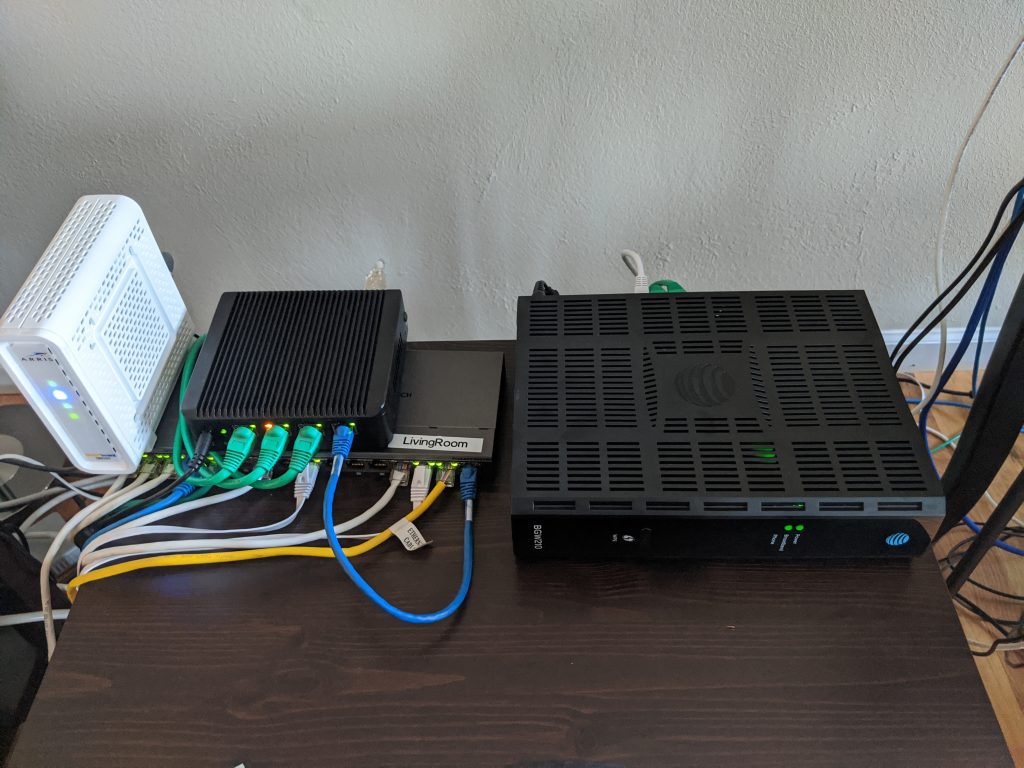RTC
Real-Time Compiler; SCADA & IoT management program
– soft-programmable (programmable while running)
– programming changes carry out via database continuously running, rules saved real-time to database
– the initial database is H2 (easy to change to MariaDB/MySQL or any of the 11 databases supported by Slick)
– When attaching to a SCADA/IoT source, it will measure the frequency data is received, and alert when data does not arrive timely
– receiving data is stored into a sparse spreadsheet-type representation, where it can be used like a spreadsheet using the internal language
-responses are real-time, for example, iptables filters or SCADA-style supervisory controls
GraphQL to support various JS presentations (or web) for graphic visualization; the visualization will work on any web-based device, instead of requiring an X based HMI (Human Machine Interface)
– This project has just started, but it shares a lot of code with Scanner project (same repo) — this is not my first time in a rodeo
– The IoT component reads rsyslog (including markers)
Components used:
– Scala 2.13.10, with Akka 2.7 and Slick 3.4.1
– Reflection (self-programming/compiling)
– Possible add-ons: Camel, Rhino & JProlog
Not decided (yet):
– Should RTC clean-up iptables on startup?
– RTC should conform to existing iptables (denyhosts & Fail2Ban)
Firewall rules:
– Trying to co-exist with pre-existing firewalls
– Trying to not deteriorate performance, despite potentially blocking half the internet (~2 billion IPs)
– Flush firewalls, esp (INPUT)
– Allow for pre-amble (policy, internal, DMZ, pre-established)
– Allow for “all ports” CHAIN
– Different port CHAINs (e.g. imap|pop3|smtp, web, VoIP)
Sheet/Canvas:
– The “materialized view” of this is going to be a spreadsheet, think Visicalc/Excel/LibreOffice Calc
– But another view is going to be SCADA graphic view using JavaScript libraries
Project on GitHub:
